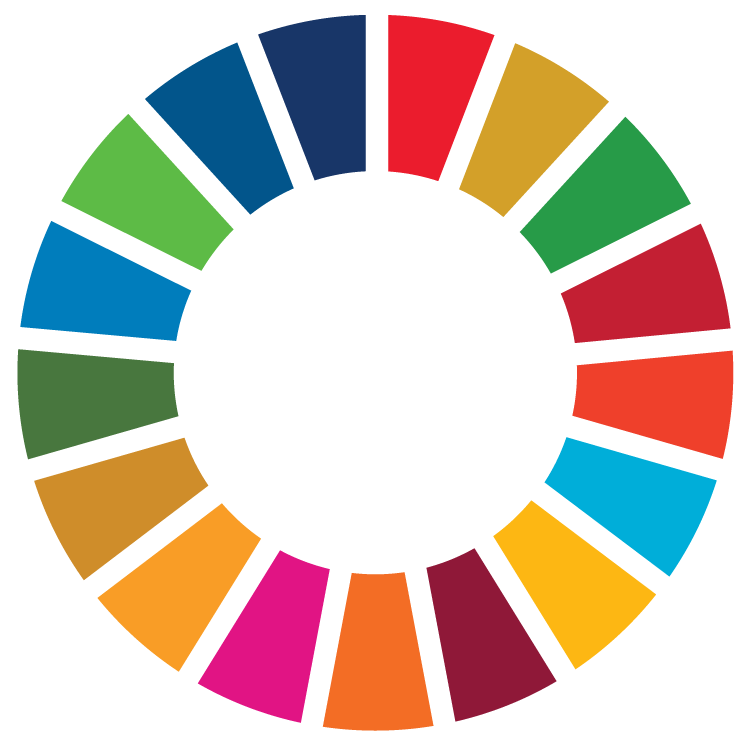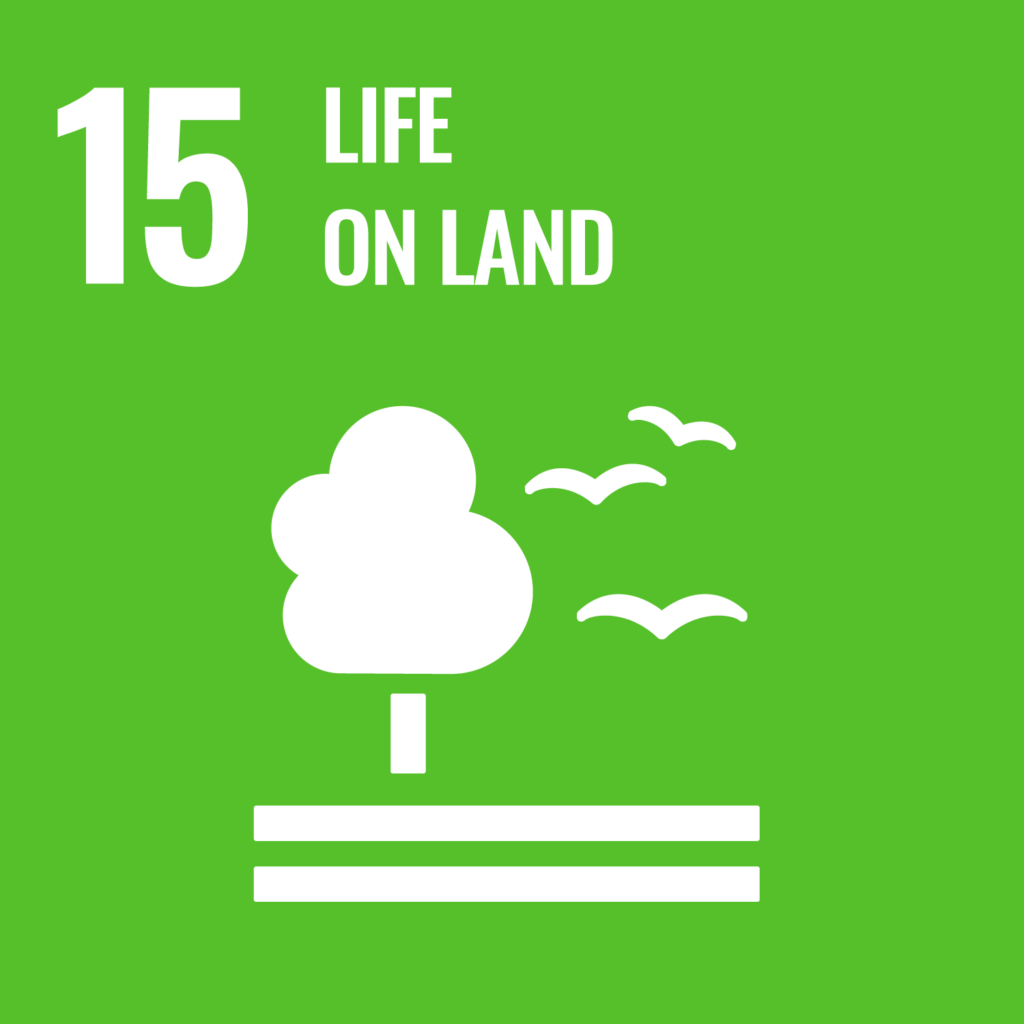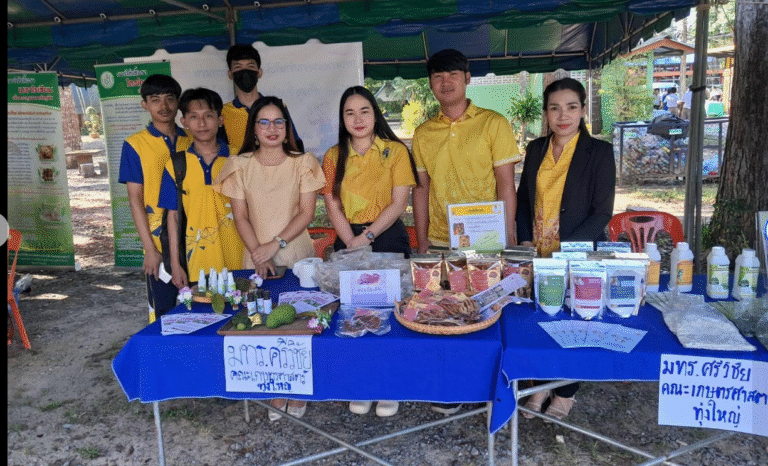Reporters: Asst.Prof.Dr. Prapot Maliwan
Assoc.Prof.Dr. Pornsil Seephueak
Asst.Prof.Dr. Nion Chirapongsathonkul
Asst.Prof.Dr. Worawitoo Meesook
Evidence Date: during 2024 Jan-Dec
Related Indicators: 15.3.3
Details:
The Faculty of Science and Technology, Rajamangala University of Technology Srivijaya, collaborated with Thung Song Municipality to design a sustainable development plan for local communities. The approach emphasized participation and cooperation, ensuring that people were directly involved in shaping the future of their own neighborhoods. Instead of using a top-down model, where decisions are made by authorities without community voices, the project followed a bottom-up strategy. This meant that the residents themselves identified what should be conserved, what should be restored, and what should be developed. To support this process, the team introduced practical tools such as Green Maps, Mind Maps, and Strategy Maps. These tools allowed community members to visualize their resources, challenges, and opportunities. By integrating these methods, the collaboration created a structured way to capture diverse perspectives and transform them into actionable plans.
The guiding framework of the project was based on BEE: Biodiversity, Ecology, and Energy. Biodiversity focused on the conservation of local species, ecosystems, and habitats, especially those unique to limestone hills and nearby forests. Ecology emphasized the connections between people, landscapes, and natural processes, aiming to maintain balance between human activities and the environment. Energy focused on promoting sustainable practices, such as reducing waste, improving efficiency, and considering renewable energy options for community use. During the brainstorming sessions, residents were encouraged to identify natural assets within their communities, such as limestone caves, and forest patches. They also discussed areas of concern, such as degraded land, pollution, or loss of traditional culture. This inclusive dialogue gave local people the chance to highlight values that might be overlooked in conventional planning. Each community was empowered to express not only what problems they face but also what dreams they have for the future.
Green Maps were particularly effective in encouraging participants to visualize their environment. People marked important ecological zones, sacred places, and community resources. They also used Mind Maps to brainstorm their priorities, identifying themes such as water conservation, sustainable agriculture, or cultural preservation. Strategy Maps then helped organize these ideas into short-term, medium-term, and long-term goals. By combining these tools, communities could see a clear path from their ideas to actual development strategies. For example, some groups decided that water sources near limestone hills should be conserved, while old community forests should be restored, and eco-tourism opportunities could be developed to provide income. Others identified urban green spaces that could be expanded, and cultural heritage that should be maintained alongside new infrastructure. The process highlighted how local people can think critically about the balance between conservation and development. It also showed that knowledge of ecology and biodiversity can be translated into practical, community-driven actions.
The bottom-up planning approach brought multiple benefits beyond just development design. It created a sense of ownership among participants, as they were directly shaping the decisions that would affect their daily lives. It also strengthened the partnership between the university, the municipality, and the community, building trust and shared responsibility. Students and academic staff from the Faculty of Science and Technology also gained valuable insights into community-based conservation and sustainable planning. Through these interactions, science was brought closer to the people, and local wisdom was integrated into academic knowledge. The outcomes of the workshops not only produced plans but also increased awareness about biodiversity, ecology, and sustainable energy use. This approach ensures that future conservation and development initiatives will be rooted in the real needs and values of communities. Ultimately, the project demonstrated that when people are given the tools and opportunity to design their own future, they create plans that are realistic, sustainable, and respectful of nature. This collaborative process serves as a model for how municipalities and universities can work together to achieve sustainable development guided by the principles of BEE.
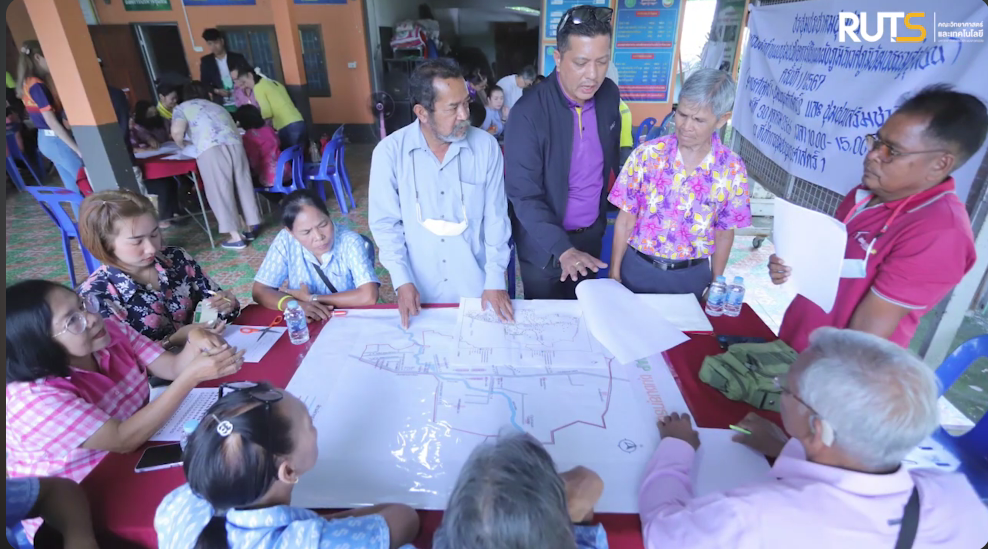
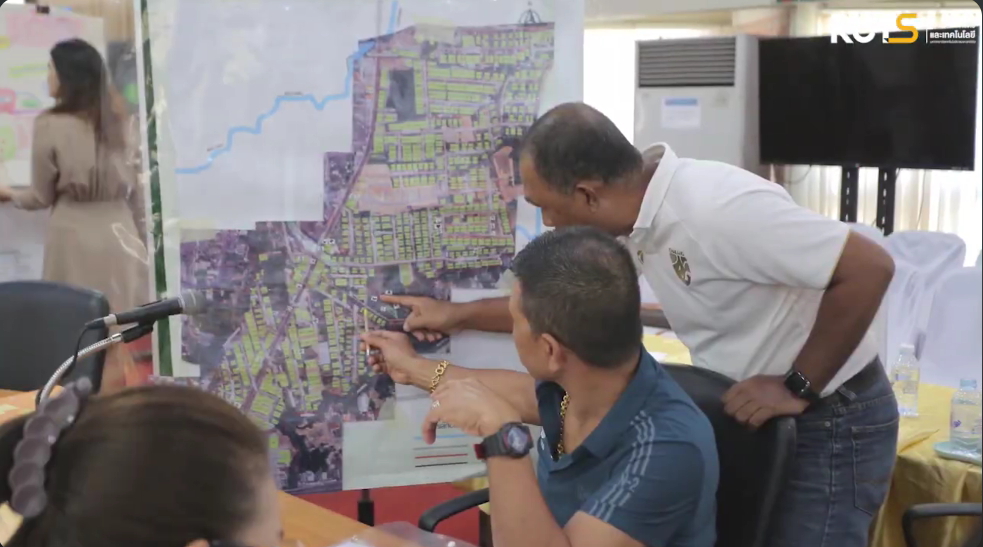
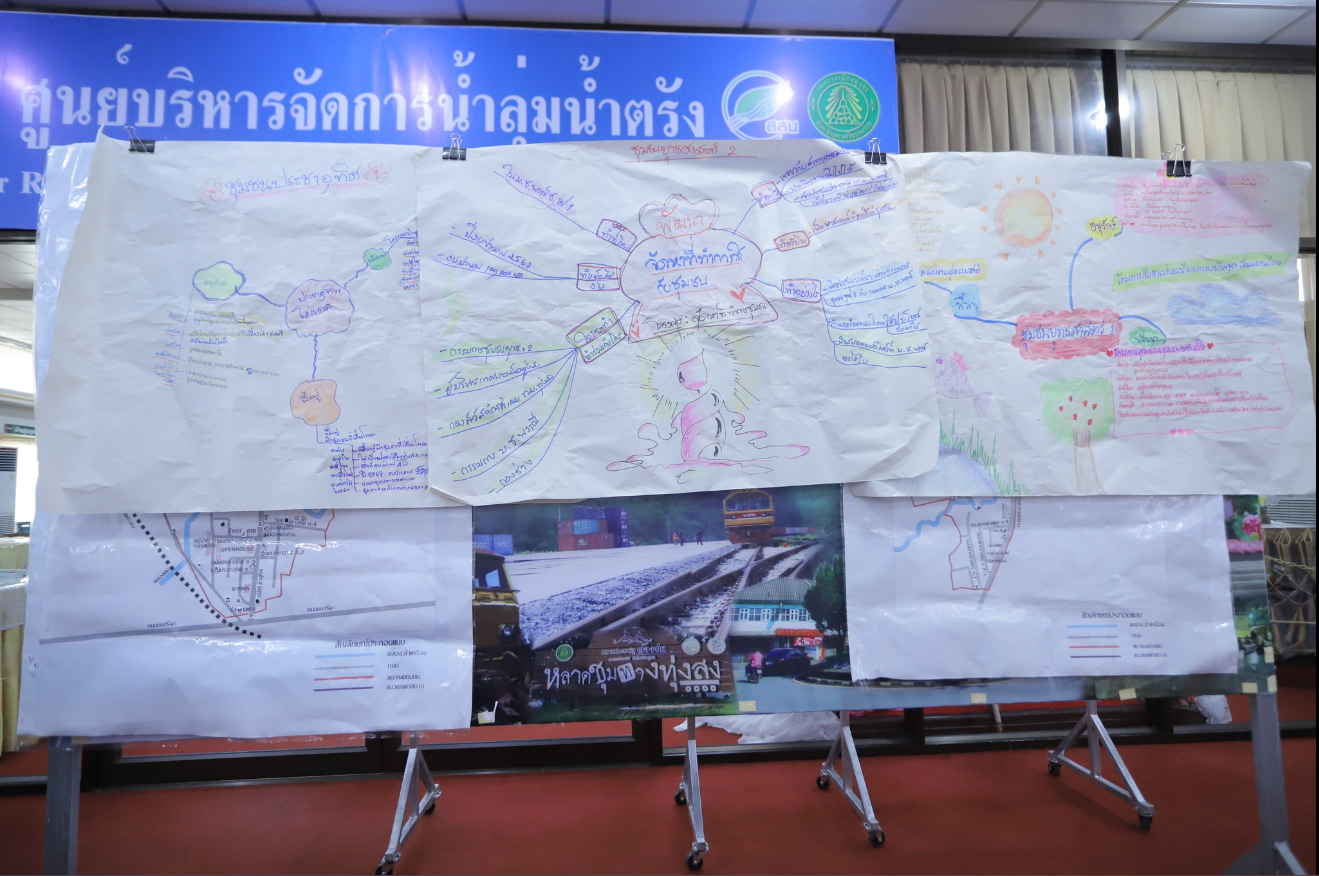
Related Links:
